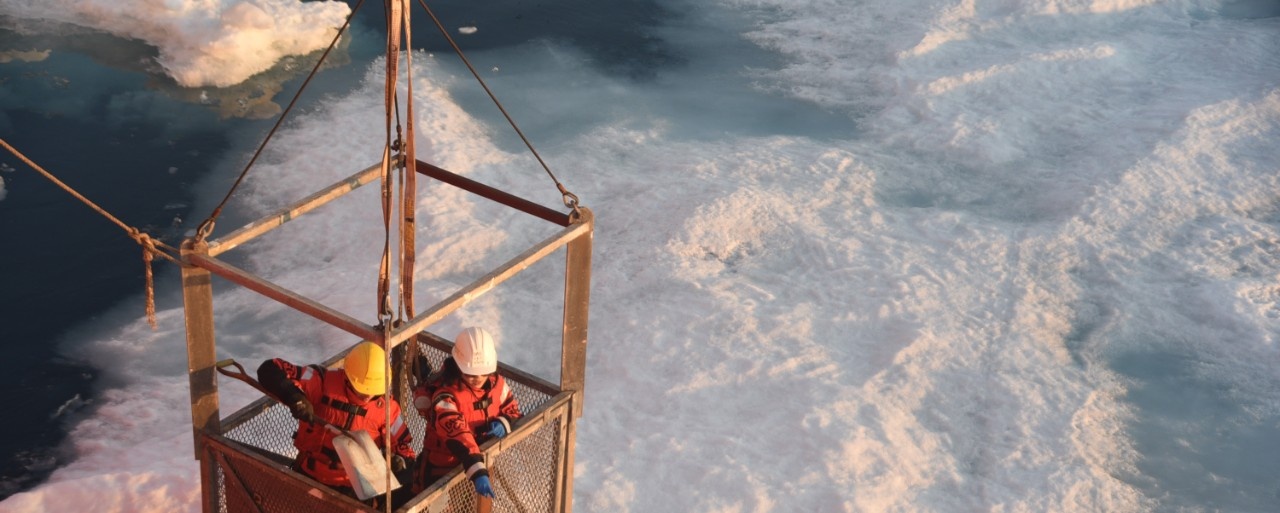EES Departmental Seminar - Lydia Fairhurst, Graduate Student Symposium
Lydia Fairhurst
Ph.D. Candidate
Department of Earth and Environmental Sciences
Dalhousie University
Title: Reaction of Ilmenite and Chromite with the Kimberlite Magma: Implications for Crystallisation and Emplacement of Kimberlites
Abstract: Kimberlites are diamond-bearing mantle-derived magmas with poorly constrained primary composition and emplacement processes. They typically form pipe-shaped structures and associated small intrusions, comprising various coherent and volcaniclastic units. Kimberlites transport mantle material, including diamonds and other mantle minerals which react with the kimberlite melt to form various reaction products, including rims (coronae), zoning, and dissolution features. In my thesis, I focus on the reaction between ilmenite and chromite with the kimberlite magma. The first project documented reaction products on ilmenite and chromite from the BK1 and AK15 kimberlites from the Orapa cluster and found that the reaction coronae had a distinct composition in each kimberlite unit. I further employed reaction corona phases to estimate temperature and oxygen fugacity conditions at the time of their crystallisation. The second project, an experimental study, successfully reproduced reaction rims and their textures observed in the natural samples at relevant pressure-temperature conditions of proposed kimberlite crystallisation (1100-1200 °C, 0.5-1.5 GPa). I also determined the conditions of titanite crystallisation, a unique phase present in our volcaniclastic unit, shedding light on its formation conditions. The observations from natural samples in Orapa kimberlites and experimental results will be used to study oxides from a range of kimberlite localities including Gahcho Kué and Ekati from Northwest Territories. This study will compare crystallisation conditions and emplacement mechanism of different kimberlite lithologies by integrating oxide data from this study with the existing data on diamond dissolution features.
Biography: Lydia received her integrated master's and bachelor's (MSci) in Geology from the University of Birmingham in 2020, which included an international year at Dalhousie University. Her master's was focused on the petrology of Carboniferous-age intrusions in the West Midlands, England. During her undergraduate degree, she gained valuable fieldwork experience, including a five-week independent geological mapping project in Wales for her honours at the University of Birmingham and a four-week advanced field school in the Southwest US with Dalhousie University. She is currently embarking on the fourth year of her PhD at Dalhousie University, where she is working in the Experimental High-Pressure Geological Research Lab in collaboration with DeBeers Exploration and the Northwest Territories Geological Survey. Her research is centred on using reaction products on mantle-derived oxide minerals (ilmenite and chromite) to provide information on the crystallisation and emplacement of kimberlites.
Time
Location
Format: In-person
Milligan Room, 8th Floor Biology-Earth Sciences Wing, Life Sciences Centre, Dalhousie University
